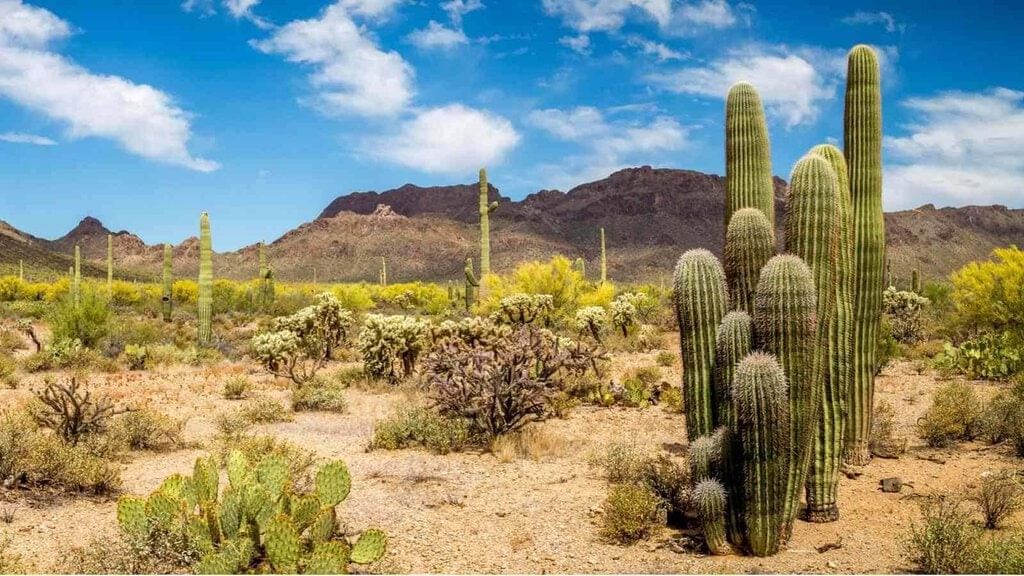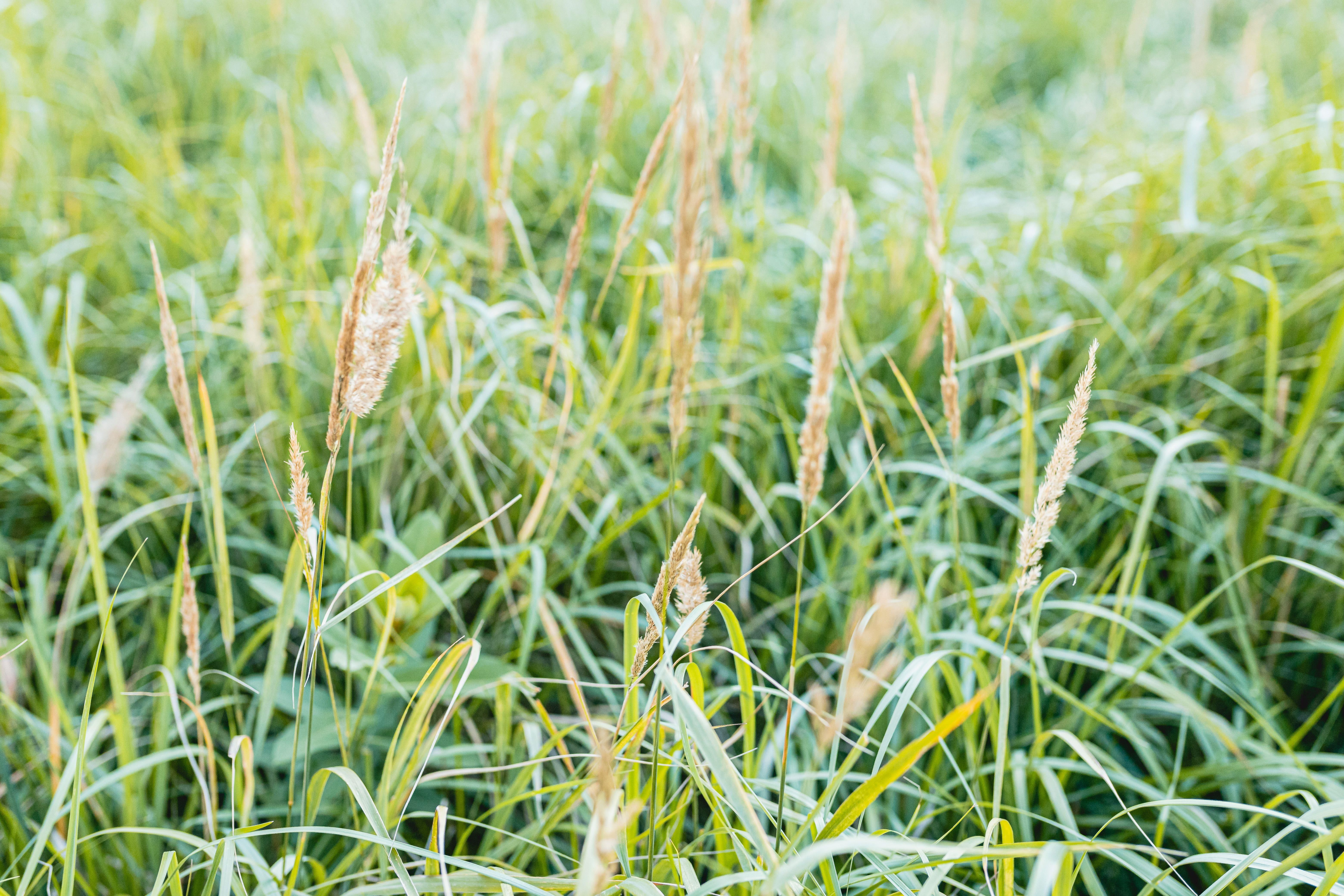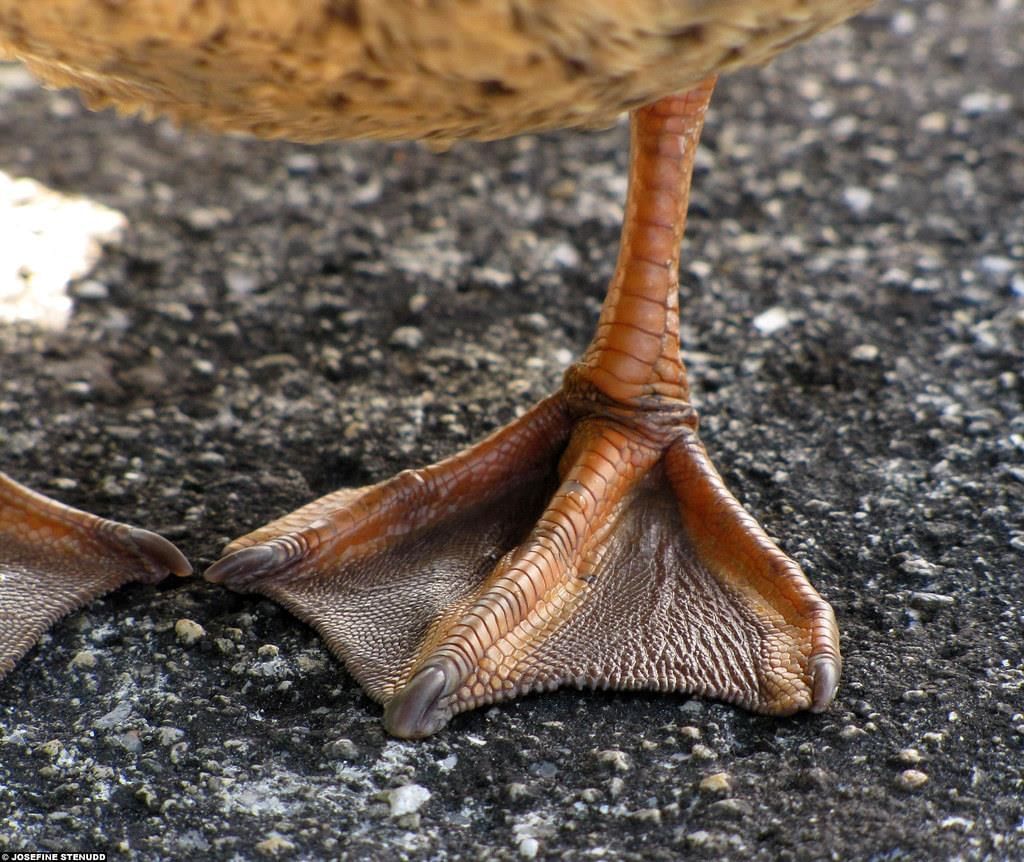Unit Test (Solution): Diversity in the Living World - 1 | Science for Class 6 PDF Download
Attempt all questions. Time: 1 hour, M.M. 30
- Question numbers 1 to 7 carry 1 mark each.
- Question numbers 8 to 12 carry 2 marks each.
- Question numbers 13 to 15 carry 3 marks each.
- Question number 16 carries 4 mark.
Q1: What does biodiversity refer to? (1 Mark)
(i) The number of trees in a forest
(ii) The variety of living organisms in an environment
(iii) The number of plants in a garden
(iv) The number of animals in a zoo
Ans: ii) The variety of living organisms in an environment
Biodiversity encompasses the variety of all living organisms, including plants, animals, and microorganisms, and the ecosystems they form.
Q2: How do desert plant adaptations enable survival in arid conditions? (1 Mark)
Ans: Desert plants have adaptations like thick cuticles, deep root systems, and water storage tissues that help them minimize water loss and maximize water retention.
Q3: Why are rhododendrons in the Shola forests of Nilgiris shorter in height and have smaller leaves? (1 Mark)
i) Because of the presence of predators
ii) To survive heavy winds on mountain tops
iii) Due to lack of water
iv) Because of excess sunlight
Ans: ii) To survive heavy winds on mountain tops
The rhododendrons in Nilgiris have adapted by being shorter and having smaller leaves to survive through the heavy winds on mountain tops.
Q4: What type of animal can live both on land and in water?
Ans: Amphibian.
Q5: The place where plants and animals live is called their __________. (1 Mark)
Ans: habitat
A habitat is a natural environment where an organism lives, providing the necessary conditions for survival.
Q6: Why is it important to classify plants and animals? (1 Mark)
Ans: Classifying plants and animals helps organize biological diversity, aids in identification, and enhances understanding of their relationships and ecological roles.
Q7: What type of root system do grasses have? (1 Mark)
Ans: Grasses have a fibrous root system.
Q8: What are the differences between dicot and monocot plants? Provide an example for each. (2 Mark)
Ans: Dicots have two seed leaves (cotyledons), net-like leaf venation, and typically have a tap root system. Example: bean plant. Monocots have one seed leaf, parallel leaf venation, and usually possess a fibrous root system. Example: wheat.
Q9: How do camels adapt to survive in both hot and cold deserts? (2 Mark)
Ans: Camels are well adapted to survive in extreme desert conditions. They have thick fur that keeps them warm in cold deserts and protects them from heat in hot deserts. Their humps store fat, which provides energy when food is scarce. They can also survive for long periods without water, as their bodies can tolerate water loss. These adaptations help them live in both hot and cold deserts.
Q10: What happens when the habitat of a plant or an animal is damaged? (2 Mark)
Ans: When the habitat of a plant or an animal is damaged, they lose the place where they live, the food they need, and other things that help them survive. For example, if a forest is cut down, animals may not find shelter or food. As a result, many plants and animals may die or move away. This causes a decrease in the variety of living things, which is called the loss of biodiversity. Losing biodiversity affects the balance of nature and the environment.
Q11. How do webbed feet help ducks in their movement? Compare them with the feet of a pigeon. (2 Mark)
Ans: Comparison as follows:
- Duck Feet: Webbed, adapted for swimming and walking on soft mud.
- Pigeon Feet: Regular bird feet with separate toes, adapted for perching and walking on solid ground.
- Benefit of Webbed Feet: Ducks use them like paddles to swim efficiently in water.

Q12. What are the main differences between a mountain goat and a goat found in the plains? How are these differences related to their habitats? (2 Mark)
Ans: Differences Between a Mountain Goat and a Plains Goat
- Fur & Coat: Mountain goats have thick fur to survive cold climates, while plains goats have a thin coat suitable for warmer temperatures.
- Hooves: Mountain goats have strong, rough hooves for climbing rocky surfaces, whereas plains goats have softer hooves adapted for walking on flat land.
- Body Structure: Mountain goats are stocky and muscular, helping them balance on steep slopes, while plains goats are slimmer and more agile for open grasslands.
Q13: If a scientist discovers a plant with parallel venation, what type of root system is it likely to have? Explain. (3 Mark)
Ans: Plants with parallel venation are typically monocots (monocotyledonous plants). Examples include grasses, maize, wheat, rice, and lilies. Monocots usually have a fibrous root system, where many thin roots spread out from the base of the stem rather than having a single, main taproot. This is in contrast to dicots, which generally have reticulate venation (a network-like pattern of veins) and a taproot system (one main root with smaller lateral roots). Thus, based on the venation pattern, the plant is most likely to have a fibrous root system.

Q14: Why is biodiversity important for the stability of an ecosystem? (3 Mark)
Ans: Biodiversity is important because of the following reasons:
- Maintains ecological balance.
- Supports food chains and food webs.
- Provides resources like medicine, food, and oxygen.
- Helps in climate regulation and soil fertility.
- Protects against environmental disasters like floods and drought

Q15: How can individuals contribute to the conservation of biodiversity in their daily lives? (3 Marks)
Ans: Individuals contribute to the conservation of biodiversity in their daily lives in the following ways:
- Reduce plastic use to prevent pollution.
- Plant more trees to support wildlife.
- Save water and energy to reduce resource exploitation.
- Avoid using products made from endangered species.
- Support and participate in conservation programs.
Q16: In what ways does human activity impact biodiversity? What are some strategies to protect biodiversity in your area? (4 Mark)
Ans: Impact of Human Activity on Biodiversity:
- Deforestation – Clearing forests for agriculture, urbanization, and logging destroys habitats.
- Pollution – Air, water, and soil pollution harm ecosystems and wildlife.
- Climate Change – Global warming alters habitats and threatens species.
Strategies to Protect Biodiversity in My Area:
- Planting Trees – Afforestation and reforestation to restore habitats.
- Sustainable Practices – Promoting eco-friendly farming, fishing, and industry.
- Reducing Pollution – Managing waste properly and reducing plastic use.
|
66 videos|279 docs|27 tests
|
FAQs on Unit Test (Solution): Diversity in the Living World - 1 - Science for Class 6
| 1. What is the importance of studying diversity in the living world? |  |
| 2. How are organisms classified in the living world? |  |
| 3. What are the main groups of living organisms? |  |
| 4. Why is biodiversity essential for ecosystem stability? |  |
| 5. What role do humans play in affecting biodiversity? |  |






















